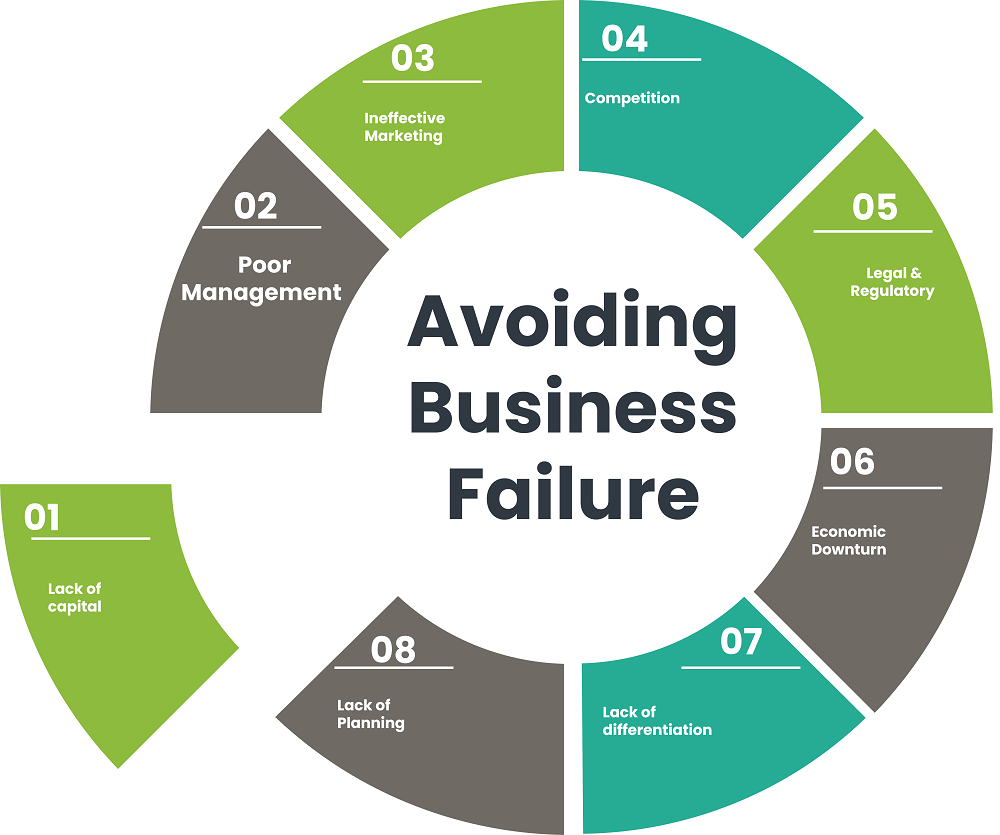Lack of capital


Small businesses can take several steps to ensure they have enough capital to survive and thrive. Here are some suggestions:
- Create a detailed budget: A budget is essential for any business, as it helps you understand your expenses and income. By creating a budget, you can identify areas where you may be overspending or where you can cut costs to free up more capital.
- Seek funding: Small businesses may be eligible for a range of funding options, including small business loans, grants, and crowdfunding. It’s important to research these options and find the ones that best meet your needs.
- Control your cash flow: Managing your cash flow effectively is crucial for small businesses. This means monitoring your expenses and income regularly and ensuring that you have enough cash on hand to cover your expenses. See our guide to Cashflow Forecasting for further reading on this.
- Offer discounts for early payment: Offering discounts for early payment can help you get paid faster and improve your cash flow.
- Build up a cash reserve: It’s a good idea to have a cash reserve set aside for unexpected expenses or downturns in the market. This can help you weather challenging times and avoid having to take on additional debt.
- Consider alternative financing options: There are many alternative financing options available for small businesses, such as factoring, invoice financing, and equipment leasing. These options may be more flexible and accessible than traditional loans.
By taking these steps, small businesses can ensure they have enough capital to survive and grow. However, it’s important to remember that managing your finances is an ongoing process, and you should regularly review and adjust your strategies as needed.

